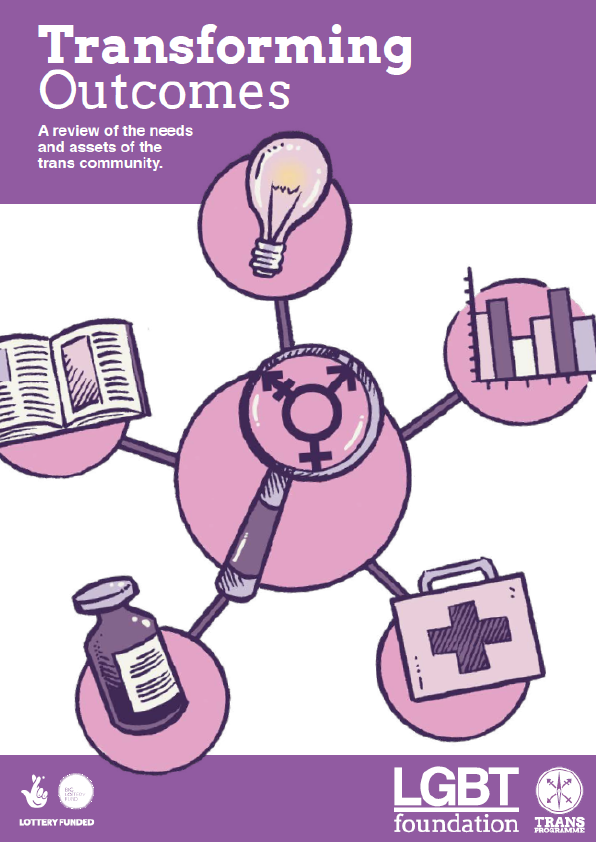Authors are indicated within each section throughout this book, but are also listed here, along with links to the original source OER. Edits to the ported content, where they have taken place, are indicated on the list shown here. General formatting edits and renumbering of headings, figures, and tables have also been done throughout the book. The chapter Introductions, Summaries, and Self-Tests have been created from a combination of original content and edits to / rearrangements of the source OERs used within that chapter.
Defining and Classifying Abnormal Behaviour
Welcome to Abnormal Psychology! As you’ll read more about in this chapter, abnormal psychology refers to the scientific study of people who are exhibiting behaviour that seems atypical or unusual, with the intent to be able to reliably predict, explain, diagnose, identify the causes of, and treat maladaptive behavior. Abnormal psychology is one of the largest sub-fields in psychology, representing a great deal of research and applied work trying to understand and cure mental disorders. As you will see from the first part of this chapter, and as you learn more in this book, the costs of mental illness are substantial.
This chapter will introduce you broadly to important concepts, definitions, and terminology in abnormal psychology that will frame the rest of your learning. It reviews how to define mental disorder as well as the strengths and limitations of our current diagnostic approaches. You’ll read, as well, about how culture and cultural expectations influence our views on abnormality. We cannot examine abnormality without taking cultural norms into account.
In this chapter you will also learn about how mental health professionals assess individuals who might be experiencing a mental disorder, some important concepts for measurement like validity and reliability, and read an overview of some of the many different tools these professionals use to conduct their assessments. Last, you’ll learn how these professionals diagnose and classify abnormal behaviour.
What is the Cost of Mental Illness to Society?
Mental illness has significant social and economic costs in Canada. People with mental illness are more likely to experience social and economic marginalization, including social isolation, inability to work, and lower educational attainment and income, compared to Canadians who do not have a mental illness (Burczycka, 2018). People with mental illness also have a higher risk of being victimized. One in ten people with mental health-related disabilities in Canada report experiencing violence over the past year, a rate that is double that found in the general population (Burczycka, 2018). Moreover, mental illness can significantly impact people’s ability to work. It is estimated that 2 out of 9 workers suffer from a mental illness that affects their work performance, and this amounts to an annual wage loss of over $6.3 billion (Smetanin et al., 2011).











